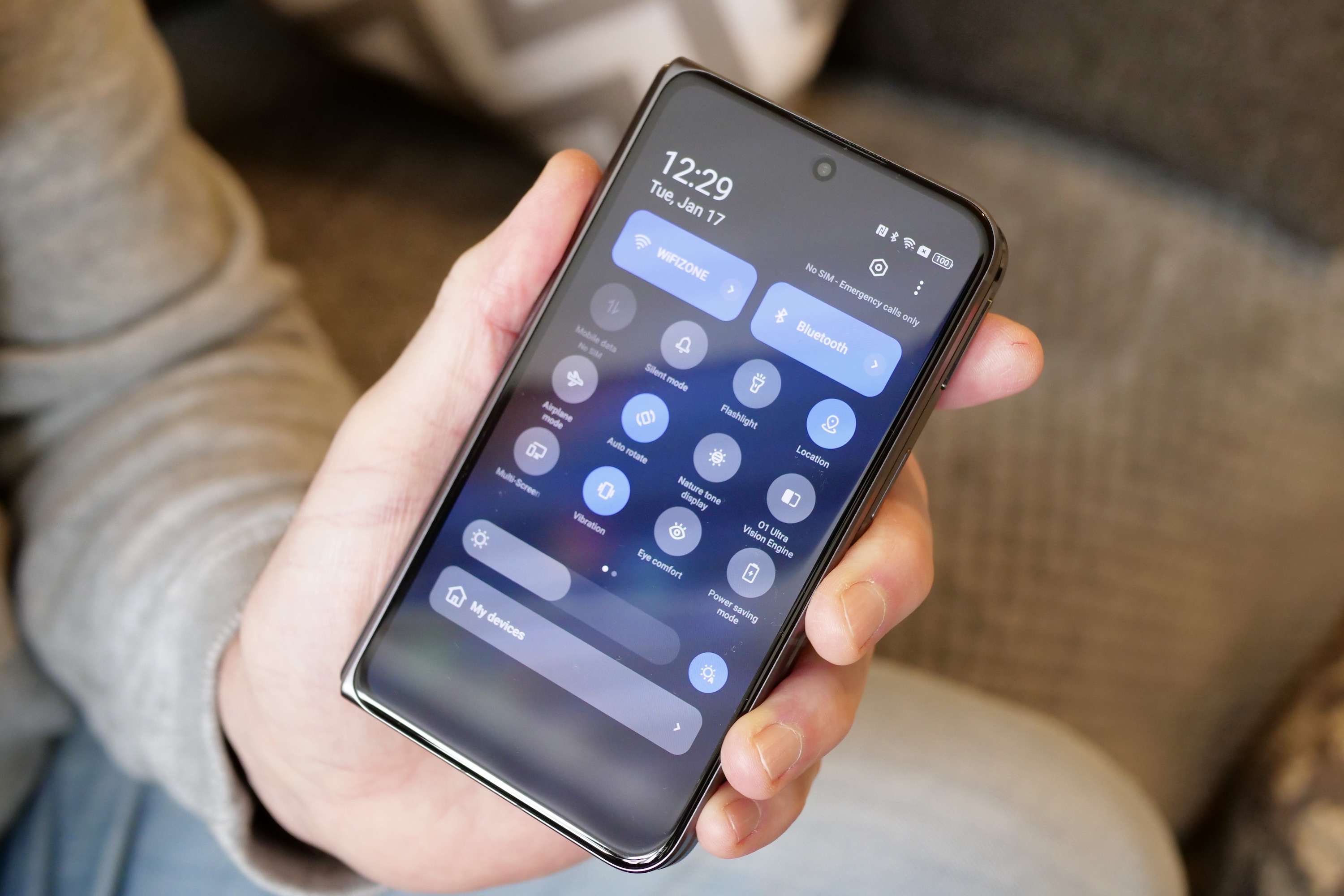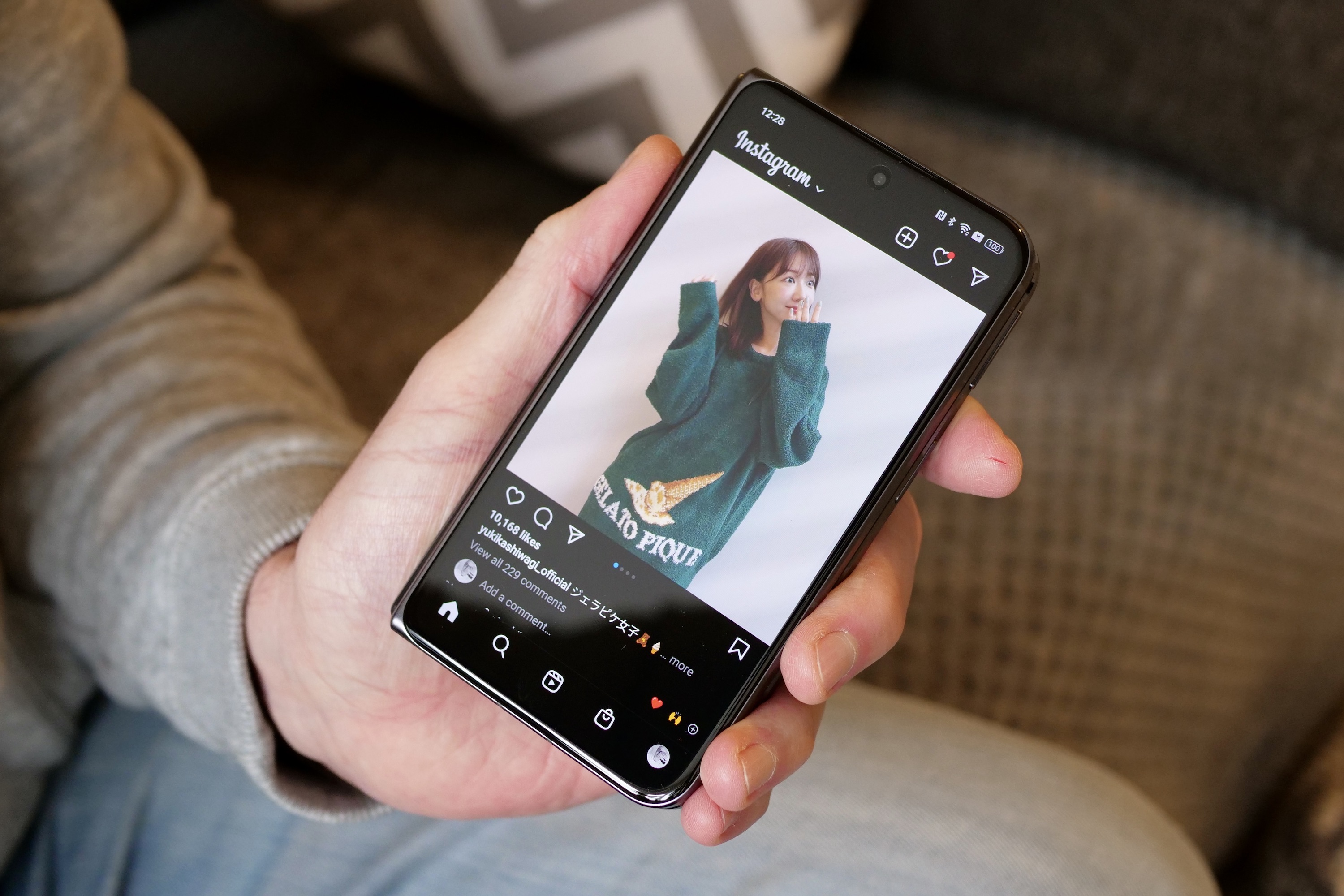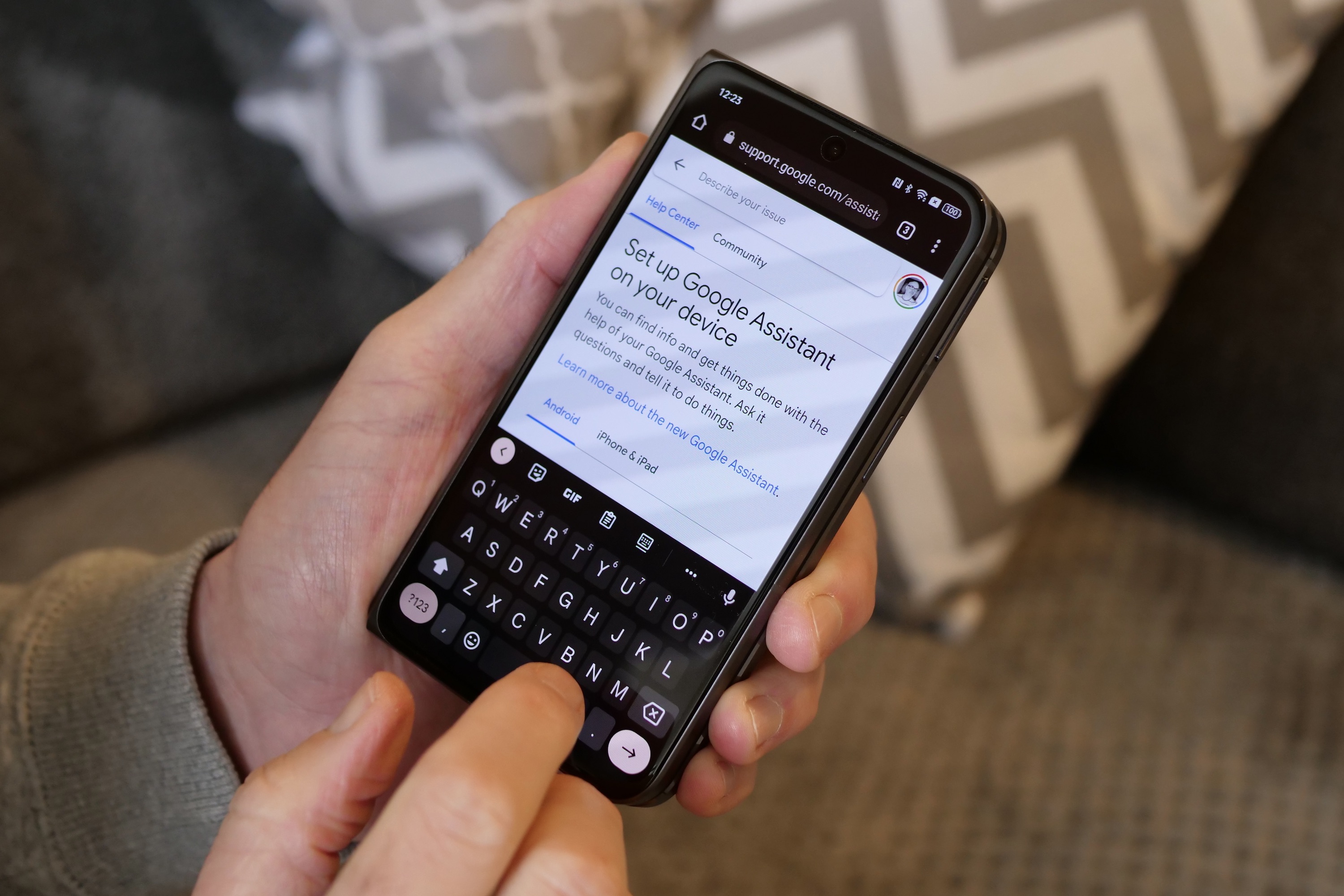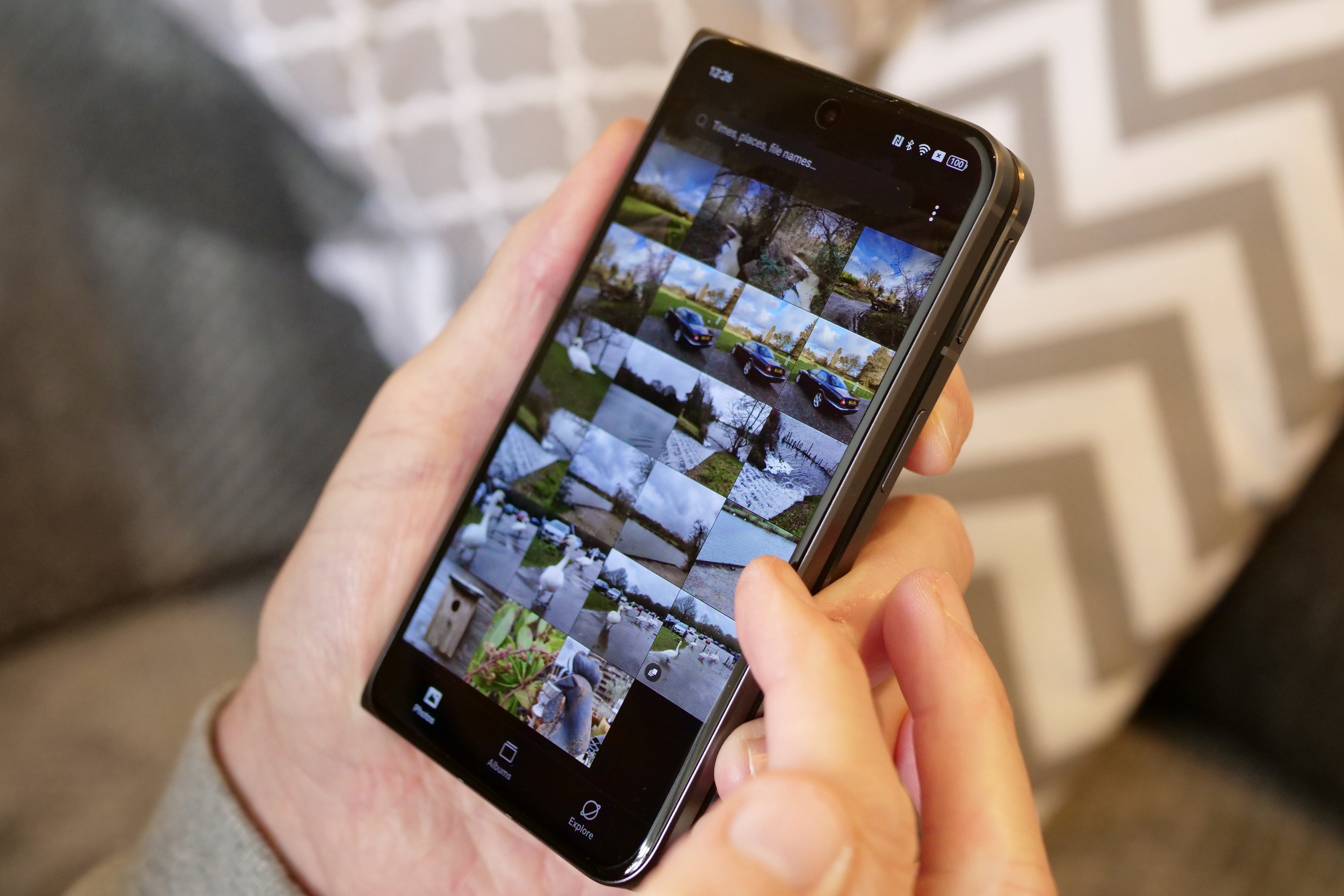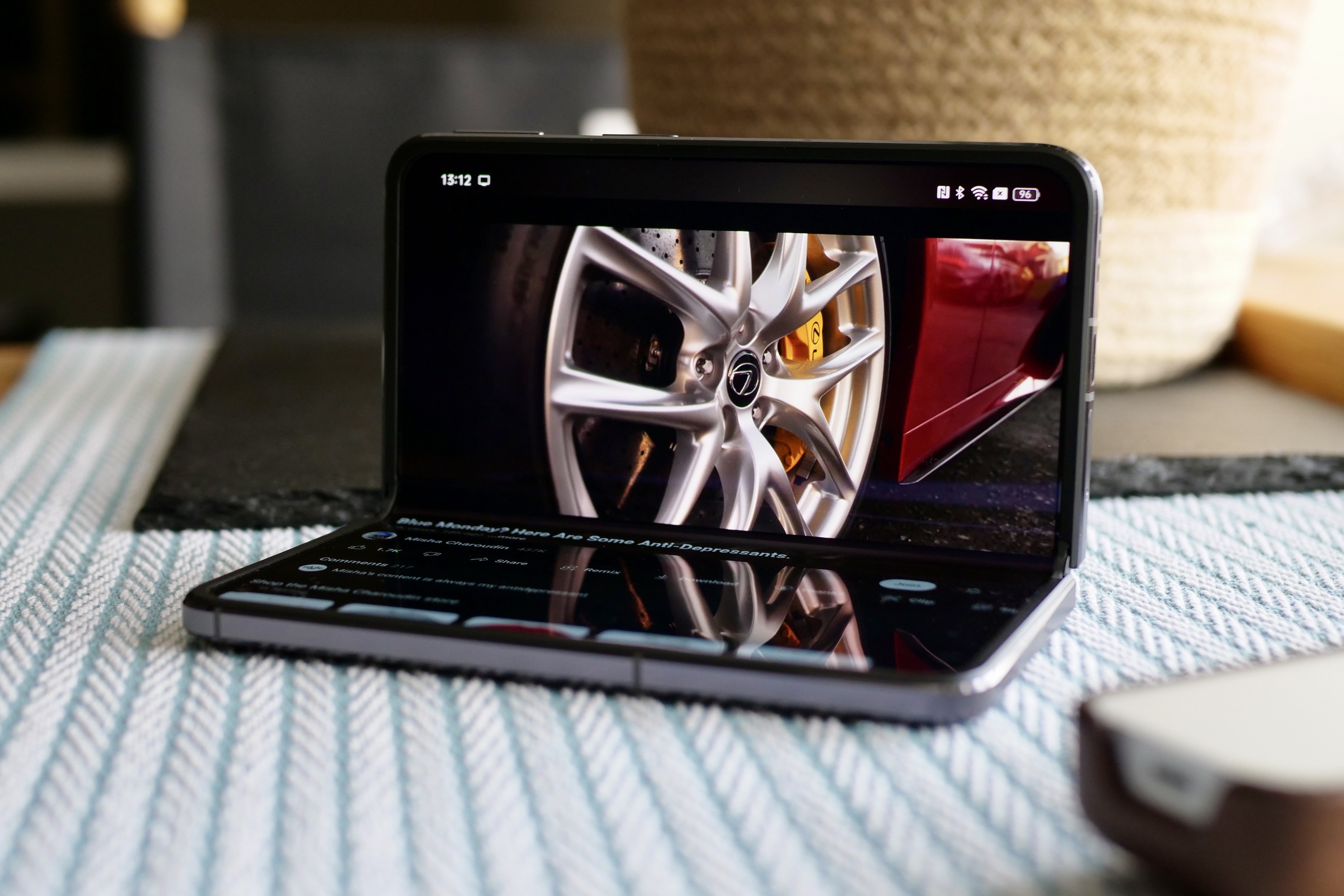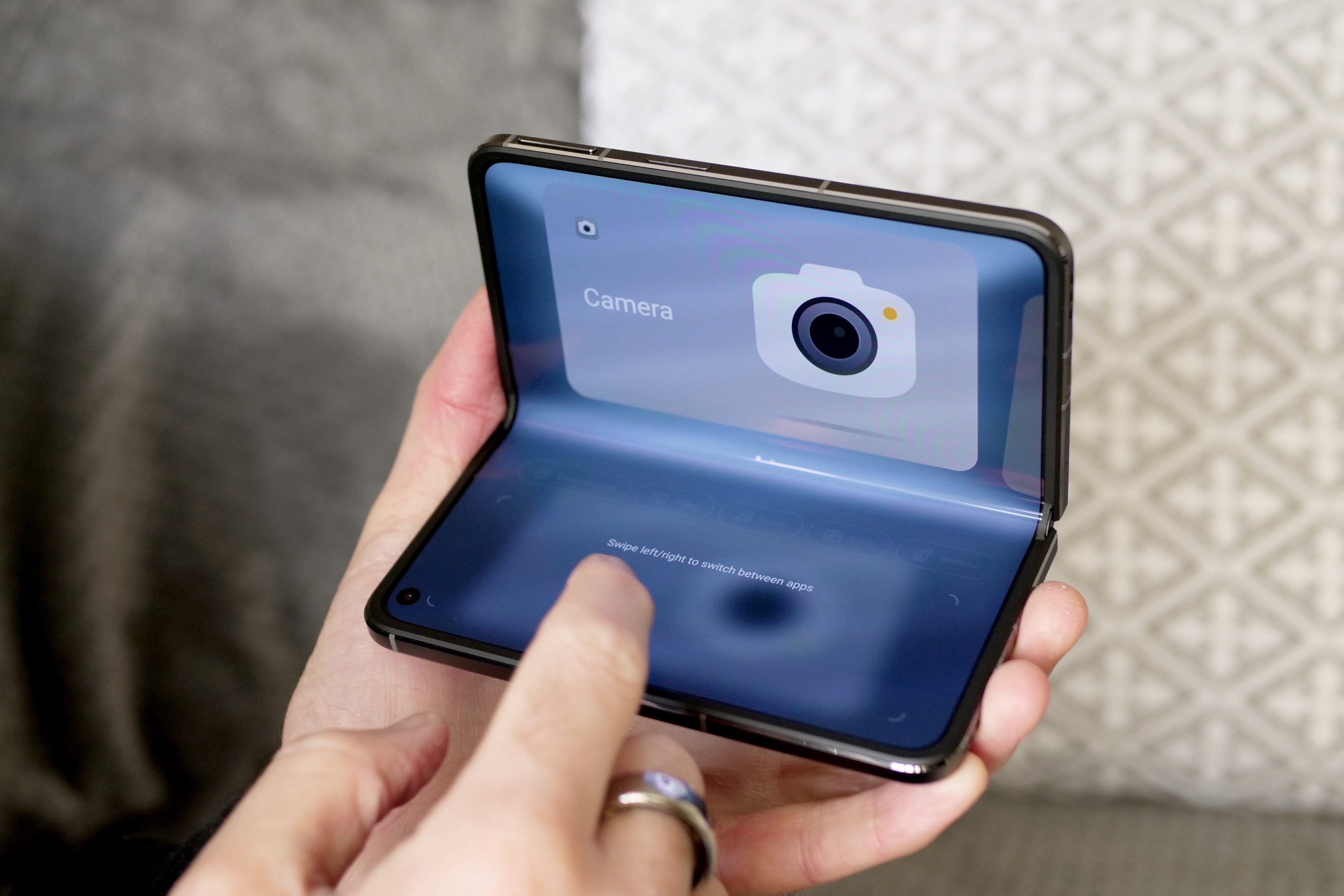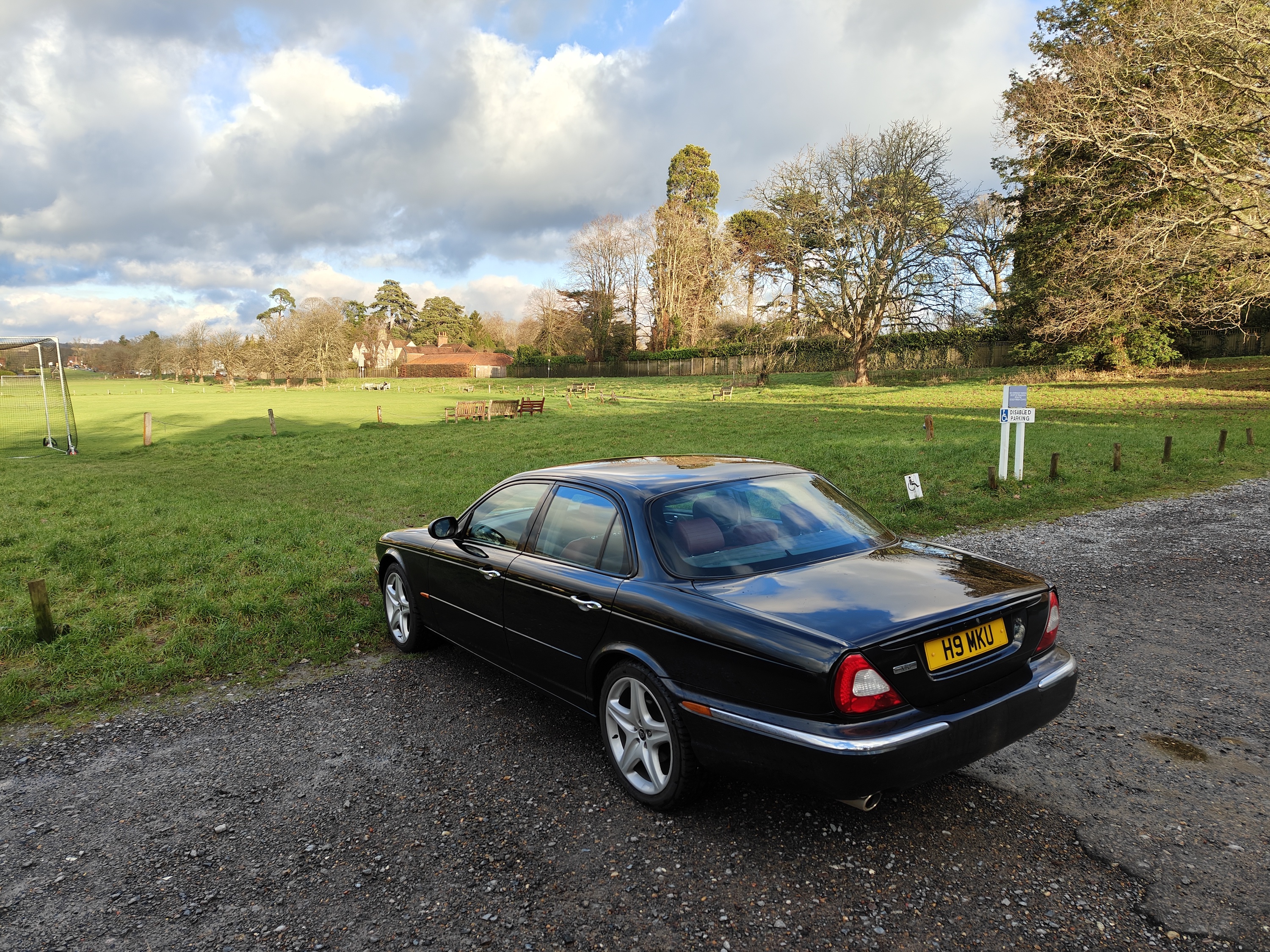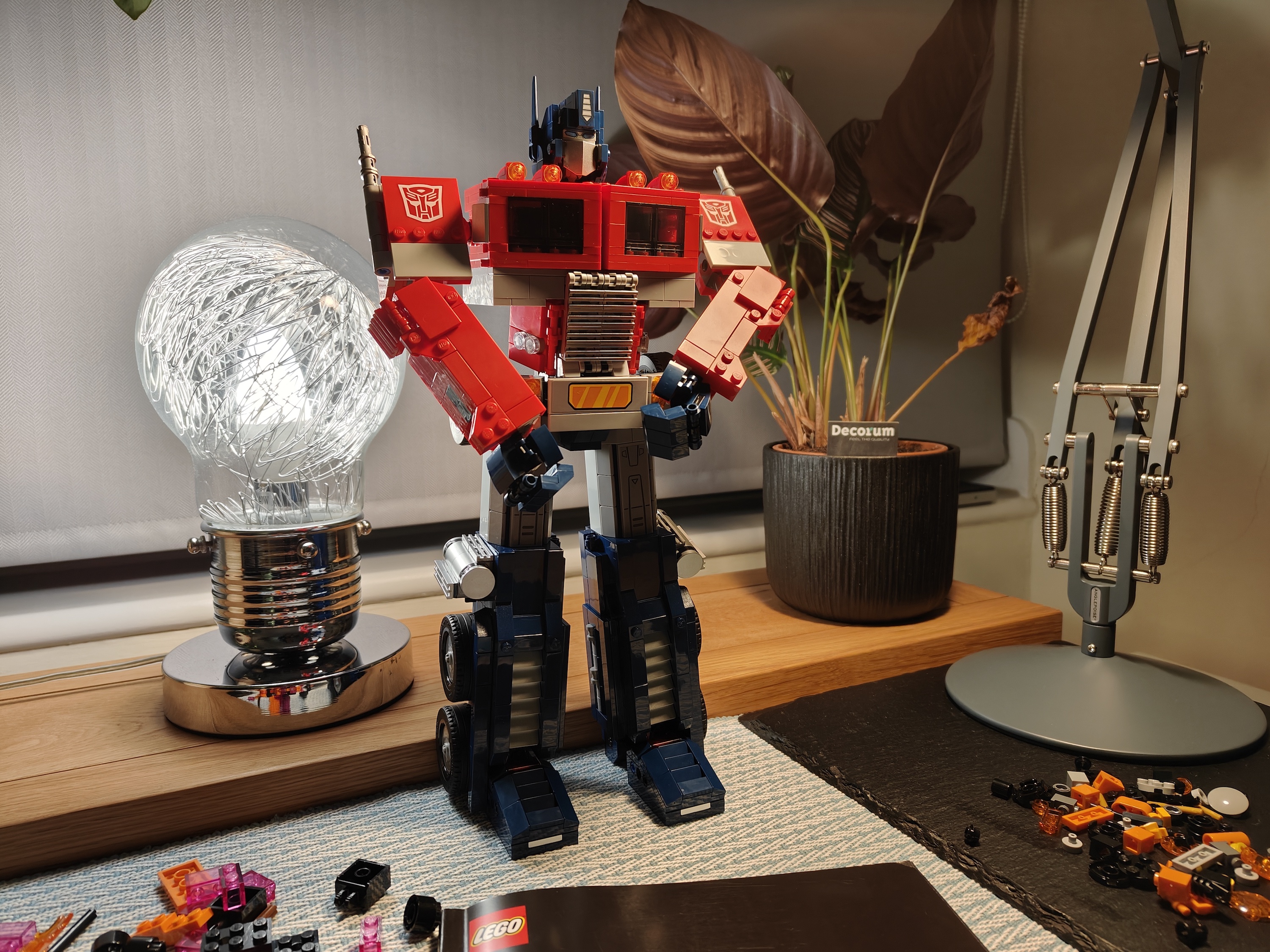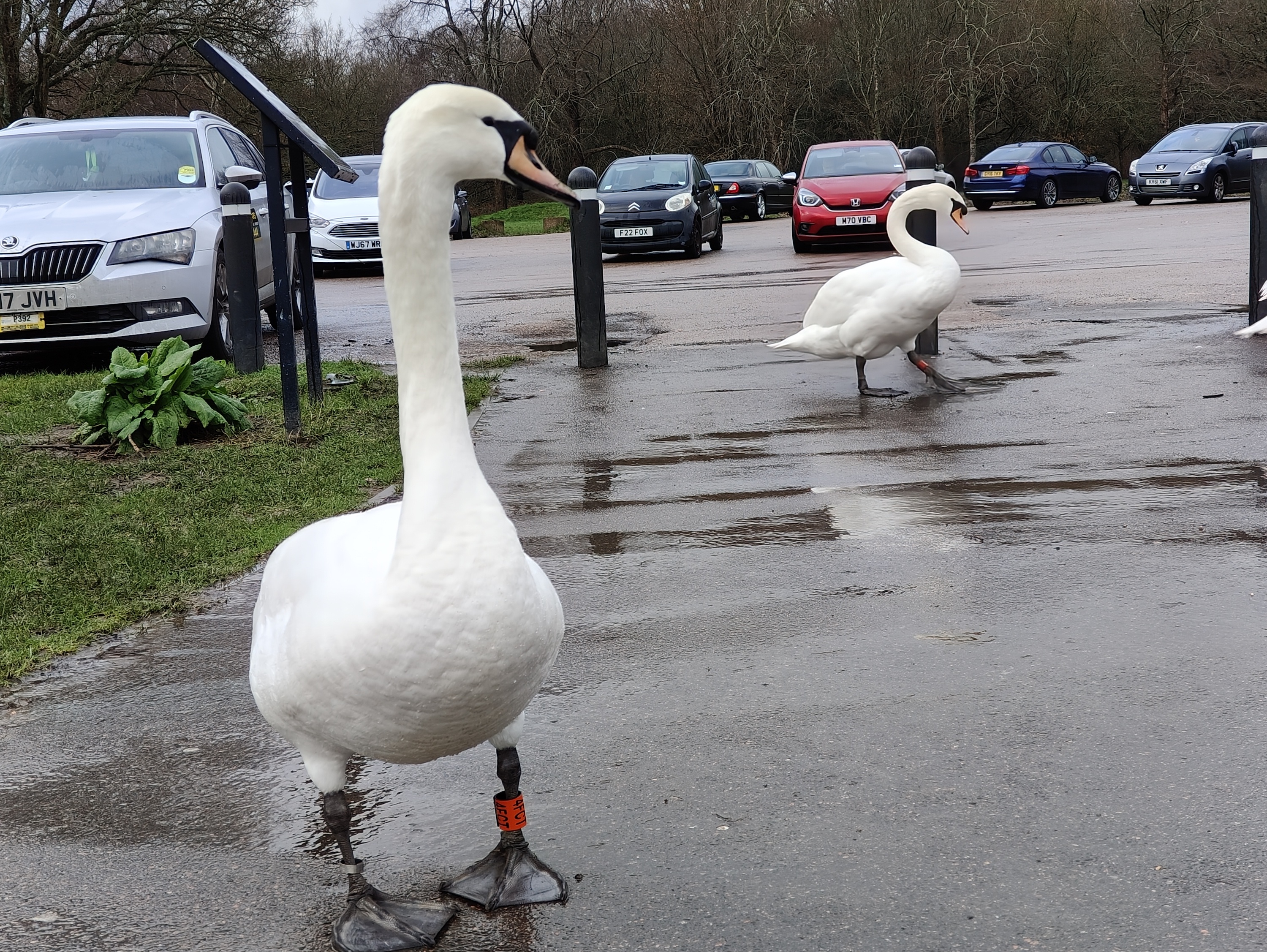“The Oppo Find N2’s compact dimensions, atmospheric camera, long battery life, and usable cover screen make it desirable, but the software isn’t suitable for use outside China.”
- Sensibly sized cover screen
- Open screen is great for video
- Useful multi-tasking features
- Two-day battery life
- No water resistance
- No wireless charging
- Software is unreliable outside China
Using the Oppo Find N2 as my primary phone over the past weeks has been an eye-opening and confusing experience. I’ve been struck by its excellent compact proportions, how easy it is to use closed-up, and its immersive open-screen ability too.
But I’m also very keen to get my SIM card out of it and into another phone. How is it that one phone can be so good on one hand, and so annoying on the other? This is why.
An important note about our Find N2 review
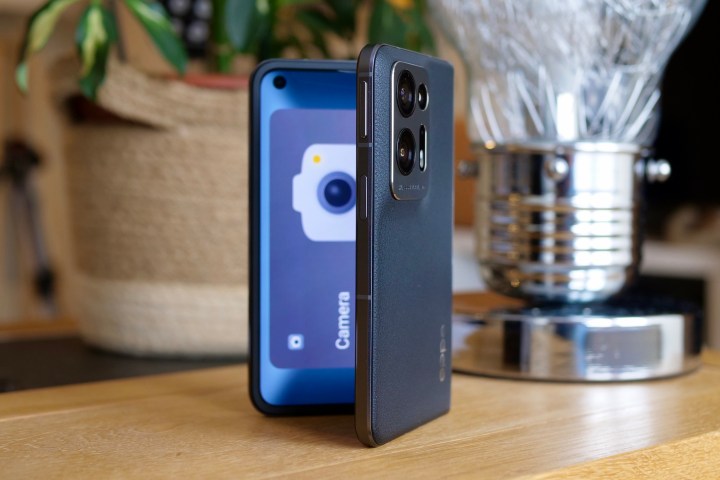
I should clarify why the Oppo Find N2 has been such a divisive experience before going into more detail about the device, as it’s important to understand that the problems aren’t entirely the phone’s fault. My frustrations are all regarding the software, and this is partially due to the Find N2 being only released in China. Installing Google Play is easy, but the phone requires a lot of additional setup to work in an acceptable way. Even then, it still isn’t like using a phone released directly in the U.S. or the U.K.
Unless you’re a “tinkerer” by nature, the process of making the Find N2 suitable for everyday use outside China can be a long and often frustrating experience — and not one that’s ideal if the phone is to be your everyday device. The fact the Find N2 is really a China-only phone, and I’ve had to adapt the software on it should be taken into account when reading the review.
Oppo Find N 2 design
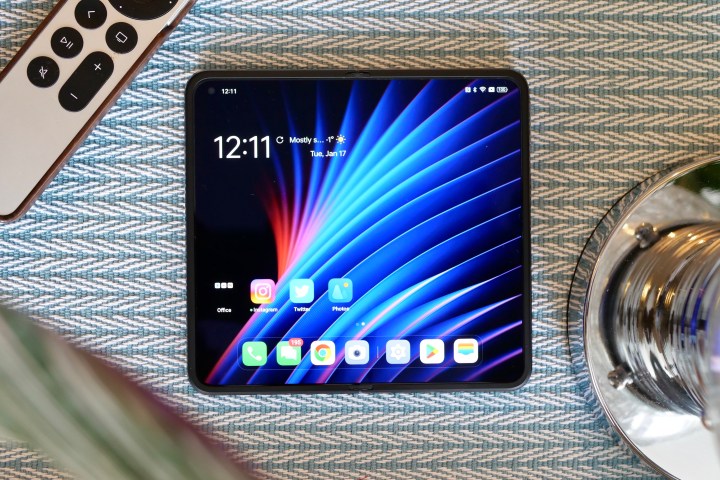
The Oppo Find N2 isn’t a tall, thin phone when folded up like the Galaxy Z Fold 4, but is wider and shorter instead. It’s shaped more conventionally, but it’s still as thick as holding two phones together when folded up, so it’s still “compromised” compared to a non-folding phone. However, is it really a compromise? No, and it’s all to do with the more usable front screen.
It’s a generously wide 5.54-inch AMOLED with thin bezels, and (for right-handed people, at least) an ergonomically curved corner that sits comfortably in your palm, making it very easy to use when closed. It’s a thick phone, but that’s really the only compromise you make choosing it over a non-folding phone, now the cover screen is so usable. The Galaxy Z Fold 4 requires a period of adjustment and patience to use closed, but not so with the Find N2. I used it naturally right from the start.
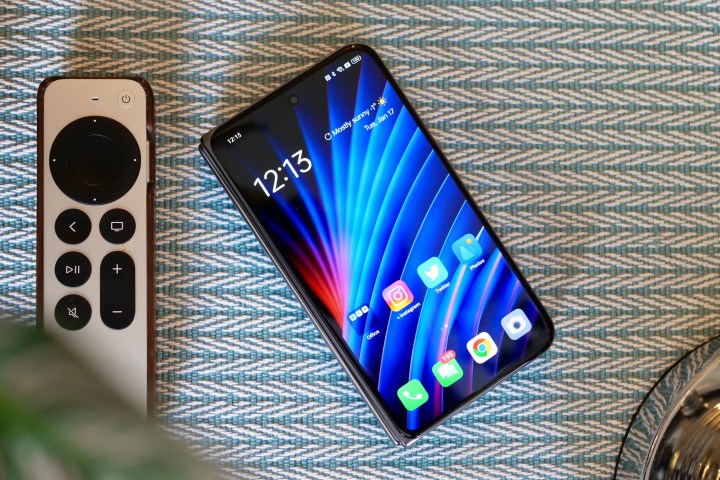
The phone closes flat, too, meaning it has a consistent thickness, and the camera module on the back doesn’t protrude too far; so even though it’s 14mm thick when closed, it feels surprisingly compact. The power button holds a fingerprint sensor, but I’ve found the process of unlocking the phone to be awkward and slow. It often misreads my finger or turns the screen on and off if I accidentally press the button when trying to unlock the phone.
Open the Find N2 up, and the 7.1-inch main screen has a substantial plastic bezel around it, but no visible crease when you look at the screen face-on. You can see it when the screen is off and the phone is in the right light, and feel a smooth bump when you swipe across it too. It’s minimal, and I don’t find it distracting, but it is still there. The phone is well-balanced and you can hold it with one hand if you’re reading or watching a video, but it’s still a substantial 237 grams.
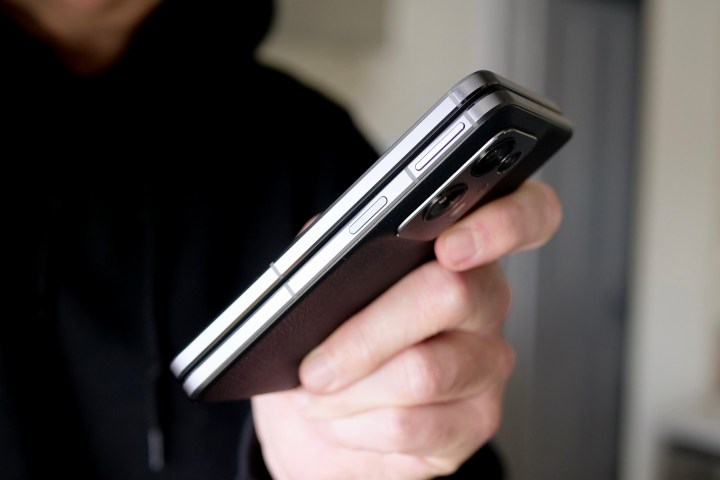
I’ve been using the Find N2 with a fake leather back which gives it some class, plus it’s really warm and tactile. An all-glass alternative is available if the “eco-leather” option isn’t for you, and it makes the phone slightly lighter if you choose it. I’d be concerned about the all-glass body if I dropped the Find N2, and there’s no IP rating or water resistance either, which is a big benefit on the Galaxy Z Fold 4 and Z Flip 4 models. Durability aside, the Find N2 is an attractive, compact, and surprisingly lightweight folding smartphone that is as easy to use closed as it is open, and it’s a device I’ve been proud to show off. It’s also a substantial step forward over the original Oppo Find N, and an important folding smartphone for the industry.
Oppo Find N2 software
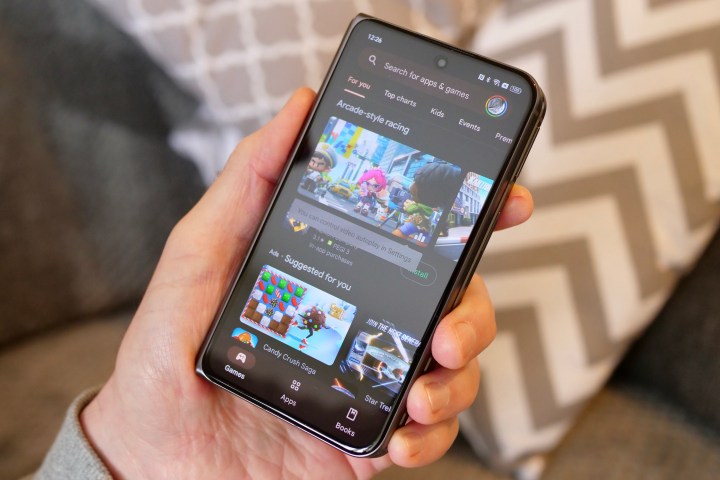
The Find N2 uses ColorOS 13, but it’s the Chinese version of the software, meaning it does not have Google Play or associated services installed. To get around this, I used Oppo’s Clone Phone app which is pre-installed on the phone and also available from Google Play. I used that to transfer all my apps and data from a different device, in this case, the Nothing Phone 1. It took just a few moments to complete and included Google Play.
There are a lot of pre-installed apps, and almost all of them won’t be relevant to anyone outside China.
It was possible to sign into a Google account on the Find N2 before this, but there’s no “Google” section under the Settings menu, and don’t expect features like Digital Wellbeing either. There’s the option to sign into Oppo’s HeyTap cloud service, which provides a Find My Phone feature, plus you can install Google Wallet and use Google Pay without a problem. Oppo’s Breeno virtual assistant can be replaced with Google Assistant too.
There are a lot of pre-installed apps, and almost all of them won’t be relevant to anyone outside China, and you’ll need to spend some time cleaning all these up. At the same time, you’ll need to change the default app for a lot of services, including the keyboard and the browser, plus you’ll have to get used to various apps and menus leading to pages of Chinese text, and a fair few notifications in Chinese too. Google Discover isn’t present, and to the left of the home screen is a collection of widgets and services that are mostly applicable to people using the phone in China.
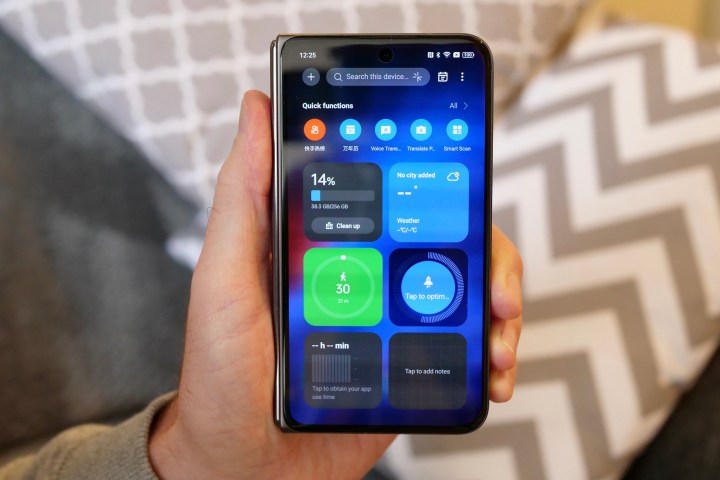
All this is to be expected, and most can be sorted out with a few hours of patient work, but far more problematic issues will remain — the worst being ColorOS’s refusal to send notifications from certain apps. For example, WhatsApp sporadically delivers notifications on the Find N2, just like Outlook and Twitter. I thought ColorOS’s aggressive power management was likely to blame, but even after delving into Settings and asking apps not to be restricted, the problem hasn’t been permanently cured.
You can expect a lot of notifications about apps consuming power though, plus ads disguised as notifications, and notifications from stock apps or pre-installed apps you hadn’t deleted yet. ColorOS is at its most needy on the Find N2, constantly requiring some kind of input, and the pre-installed apps and related app stores are annoying.
The notification problems, the endless settings, and the lack of handy services like Google Discover make the Find N2 a frustrating device to live with each day. While experimentation and patience may eventually lead to getting it operating correctly outside China, don’t take it as a certainty, and it’s questionable as to whether it’s all really worth the effort.
After a week of messing around with things, mine isn’t quite right, and I’m still manually checking apps to see the messages I’ve missed because the phone refuses to tell me about them.
Oppo Find N2 multi-tasking, and the big-screen experience

Oppo says it won’t release the Find N2 globally due to not all apps and services working on the big, open screen — and sure enough, not all are compatible. WhatsApp sits in the middle of the screen with bars down either side, and others, like Instagram and YouTube, are stretched to fit. All apps I tried are functional, but they don’t always look very good. It’s a far better experience on the Galaxy Z Fold 4, where more apps are designed to work on the large screen.
Multi-tasking is great. Two apps can be run side-by-side, and a third placed over the top as a floating window. Again, not all apps work with the multi-tasking system, and under the helicopter view of open apps, you’ll quickly see which apps can be utilized. Interestingly, Oppo has split the main open screen into two, allowing you to take separate screenshots from either side of the screen when running two apps at the same time.
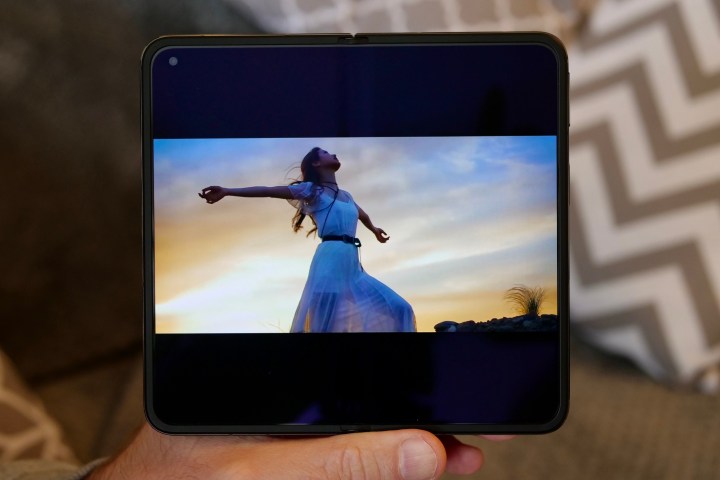
There’s an unusual horizontal split-screen mode too, but this didn’t seem to work with any apps except the Oppo ones, so it’s of limited use. Half-close the phone, and you get a split-screen camera mode where the controls appear on the lower half and the viewfinder at the top, allowing you to use the camera hands-free without a special mount. It works with YouTube too, where the video appears at the top of the screen when it’s half-open, which is handy.
In the same way, you have to tinker with the software to get it working in the way you want, you do have to spend some time learning the many shortcuts and gestures associated with the Find N2’s multi-tasking modes. They’re not especially complicated, but the numerous options won’t always be relevant to you, so it’s a case of sorting through them and remembering the ones that are.
Multi-tasking isn’t as powerful and simple here as it is on the Galaxy Z Fold 4, but the size and design of the phone mean it feels less productivity- and work-focused, and more about media and fun. Due to the size and convenience of the cover screen, I’ve also used the Find N2 more closed than I have open, except when I’m reading or watching videos.
Oppo Find N2 camera
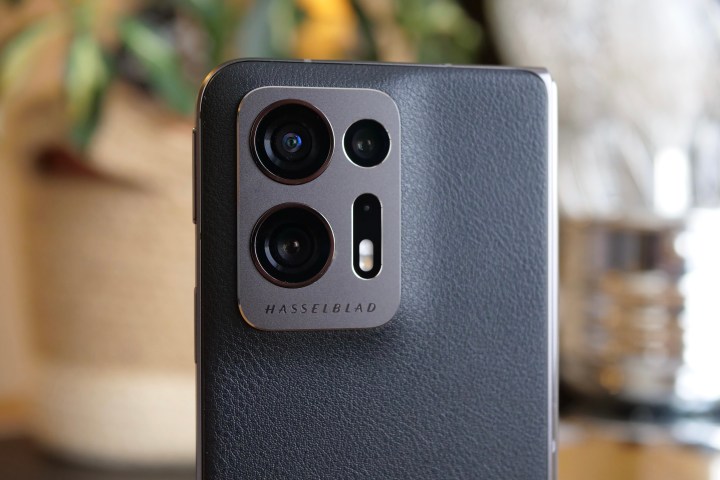
There are three cameras on the back of the Find N2, a 50-megapixel main camera with optical image stabilization, a 48MP wide-angle camera, and a 32MP telephoto camera for a 2x optical zoom. There are also a pair of 32MP selfie cameras, one on the cover screen and the other in a hole-punch cutout on the main screen. Hasselblad has worked with Oppo to tune the camera’s performance.
The Find N2’s camera doesn’t have a standout feature or special mode to shout about and instead relies on the Hasselblad tuning to make the most out of its camera array. The results are excellent, and it’s refreshing not to have to wade through how to use a gimmicky feature, only to be disappointed by it. Here, you just take photos and admire the results.
Photos taken with the main camera reveal a beautiful tone in the right conditions, with a really attractive use of color, balanced with effective shadow and exposure levels. It’s really the first time I’ve seen a Hasselblad camera take photos that have a distinct look of their own, and it bodes really well for the OnePlus 11, which shares basically the same camera.
The Find N2’s camera impresses.
Unfortunately, there isn’t much consistency between the main and the wide-angle camera, which can over-saturate colors for a less realistic tone. I still like the photos it takes, but they appear more generic than the noticeably individual main camera. The telephoto camera disappoints, too, with washed-out colors in less-than-ideal conditions. Portrait mode for selfies looks good, but remember to turn the skin smoothing off before taking photos, as it’s on by default.
By not adding in pointless gimmicks and making the most out of Hasselblad’s color tuning, the Find N2’s camera impresses, despite the lack of consistency. I’ve enjoyed taking photos with it, and am pleased to see after multiple tries, Hasselblad is seemingly making its mark on photos taken with its phone cameras.
Oppo Find N2 battery and performance
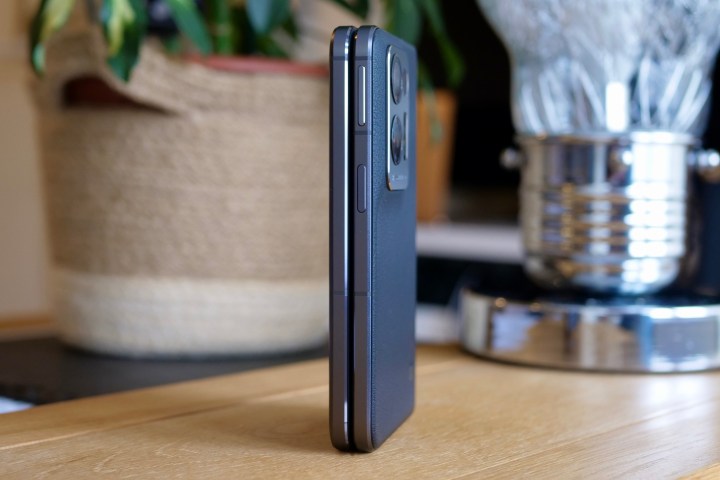
I have no complaints about the battery and overall phone performance. The Qualcomm Snapdragon 8+ Gen 1 is a strong, efficient processor, and although it has been replaced by the Snapdragon 8 Gen 2, there are no worries about it handling the latest games and a lot of multitasking.
It’s the same story for the 4,520mAh battery, which has more than enough energy to make it through a working day with heavy use. Moderate use sees it last two full days without a problem. The 67W wired charging system promises to charge the battery to full in about 45 minutes, but I haven’t been able to confirm this due to the charging block being made for China, and converters not always being reliable. Previous experience with Oppo phones tells me it will meet the quoted time though.
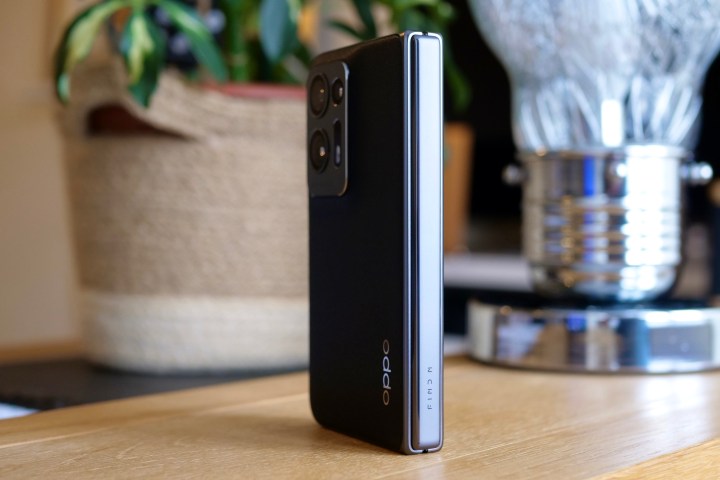
Unfortunately, there’s no wireless charging on the Find N2, another area where it loses out to the Galaxy Z Fold 4, and a surprising omission from the specification of a high-end smartphone.
My U.K. SIM card has connected to the network without a problem, as far as I’m aware. It may have missed out on a better 5G connection, it may have lost connectivity when a U.K.-supplied phone wouldn’t, and although calls have been fine, some network features may not be operational. I’ll never know until I find out the hard way, and that’s a big risk you take with a phone that isn’t designed for the carriers in your home country.
Is the Oppo Find N2 worth all the effort?
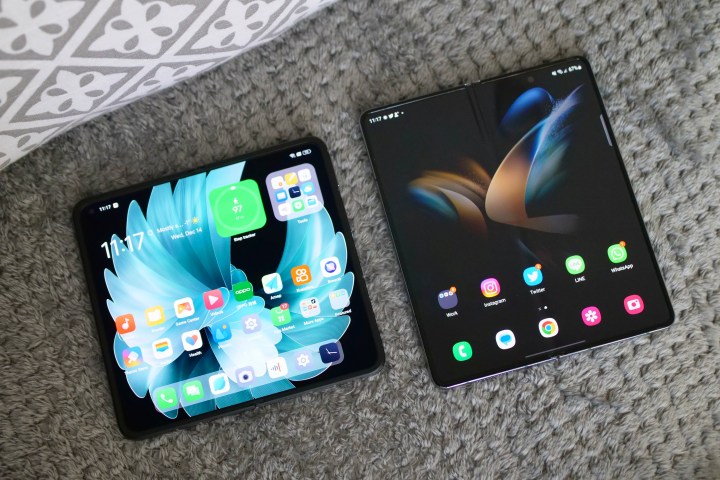
In China, the Oppo Find N2 costs the local equivalent of $1,150 and is available to buy there now. It’s possible to import the phone to the U.S., and expect to pay around $1,500 depending on the store and factors like the exchange rate if you do, but should you? Probably not. I’d had more than enough of the software annoyances after a week or so, and I doubt very much I’ve experienced all the issues the phone will have when forced to work outside China. Expect to run into more than I’ve described here, as our use will certainly differ. That’s before concerns over connectivity, call performance, and a warranty when importing one.
There’s very little wrong with the Find N2 when you don’t consider the software, which isn’t the phone’s fault at all, just a consequence of my using it outside China. The lack of an IP rating and the missing wireless charging are the only major feature omissions, both of which are offered by the readily available Samsung Galaxy Z Fold 4. The fact the Z Fold 4 is much easier to purchase makes it our recommendation if you’re looking for a big-screen folding smartphone and you don’t live in China.
However, this is stating the obvious because Samsung really doesn’t have any competition. It’s the Z Fold 4 or nothing, really. That’s why it’s frustrating that the Find N2 isn’t more widely available with software that works for international audiences. It’s suitably different enough from the Z Fold 4 to entice those unconvinced by the Samsung phone’s unusual dimensions, the camera’s excellent, and performance rivals the best non-folding phone flagships too.

